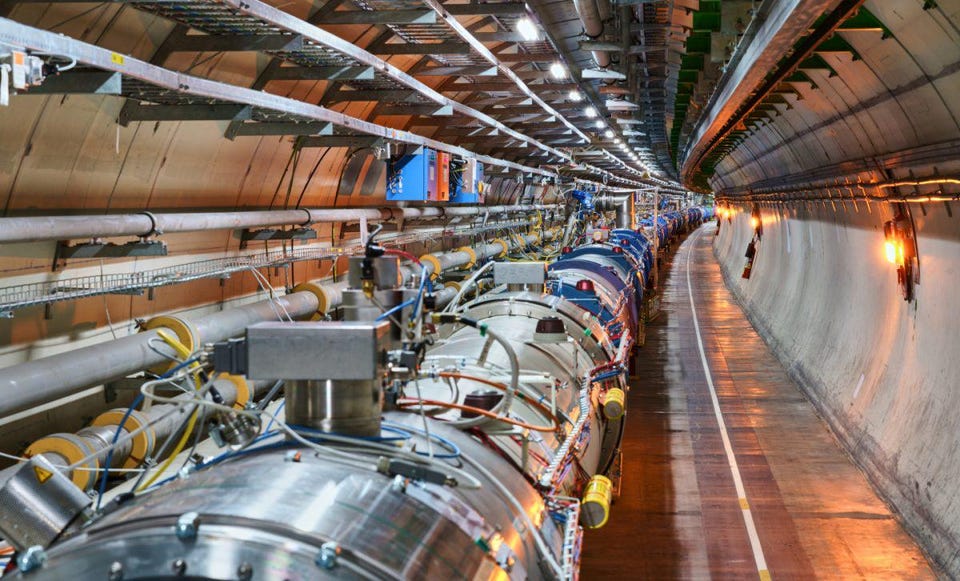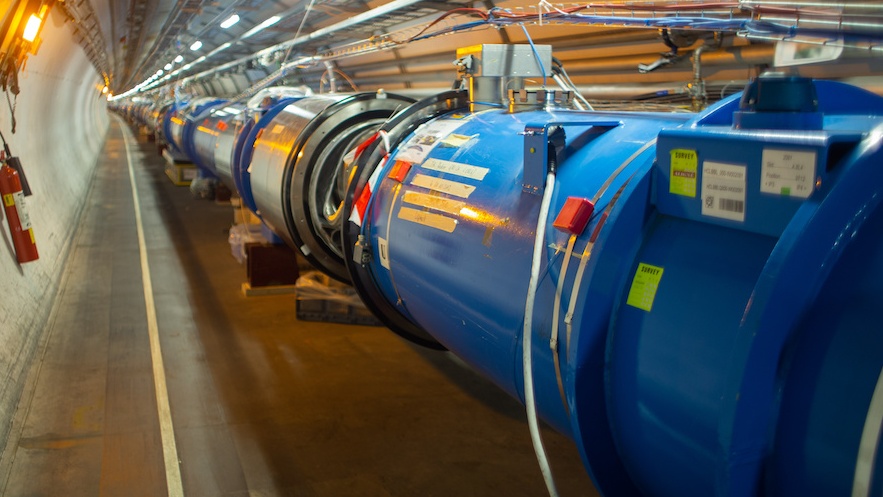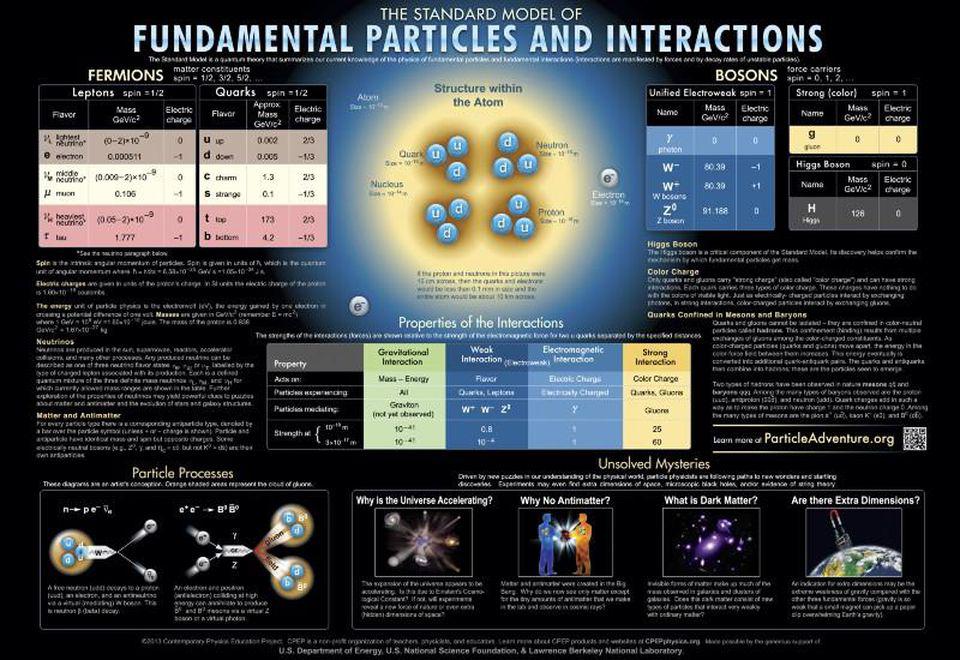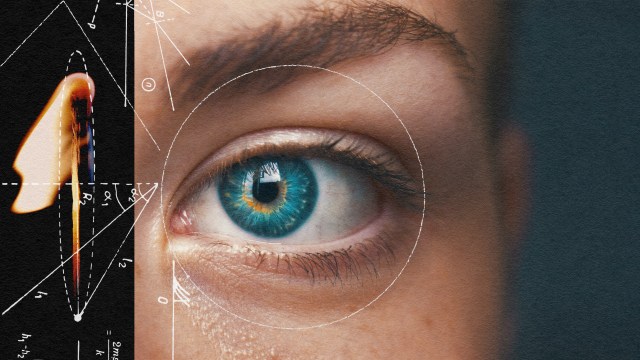CERN proposes accelerator 3 times as long as Large Hadron Collider
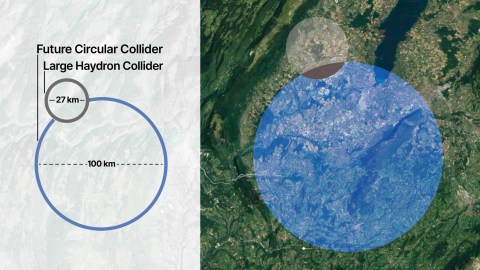
Built inside a 27-kilometer (17-mile) circle-shaped tunnel near Geneva, the Large Hadron Collider (LHC) is the world’s largest and most powerful particle accelerator. But now CERN — the French acronym for the European Organization for Nuclear Research — wants a bigger one. The Future Circular Collider (FCC) would be three times as long as the LHC.
Since 2008, the LHC has been smashing together subatomic particles at near-light speed. The idea is to learn what the Universe was like right after the Big Bang. In 2012, it proved the existence of the Higgs boson, which earned the scientists involved the Nobel prize for physics. Further revelations, however, have proved elusive.
What is the true nature of dark matter? Why does matter dominate over antimatter? The answers to those and similar fundamental questions require a bigger, faster, stronger accelerator, CERN says.
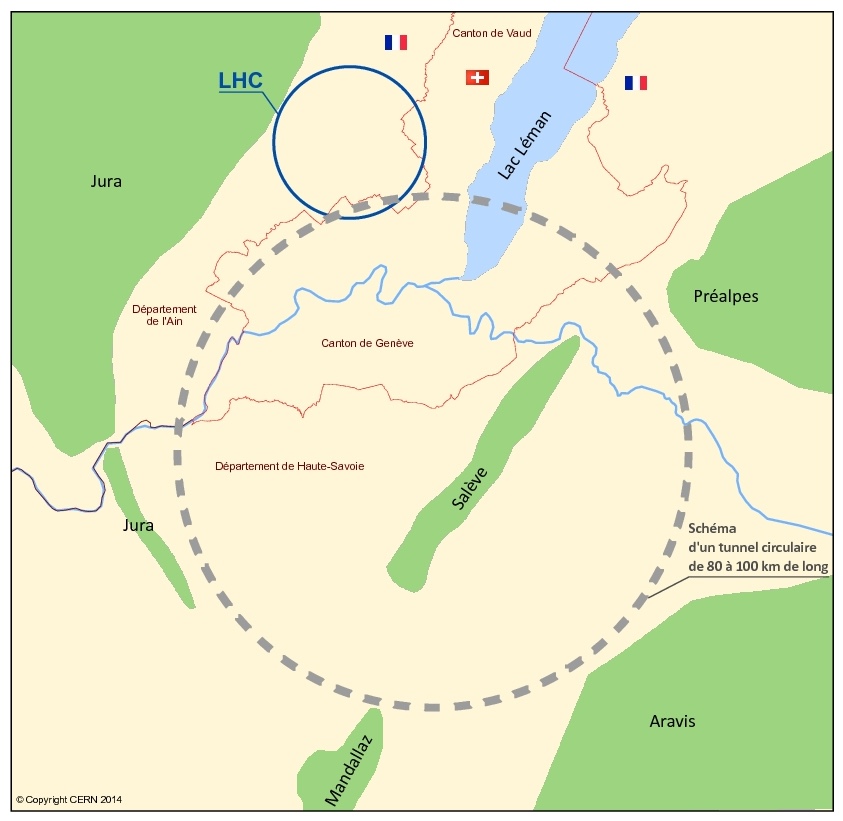
The idea of an FCC was floated as early as 2014. CERN has now ordered a feasibility study, which should conclude in 2025. If all goes according to plan, the FCC will be up and running in the 2040s, right when the LHC reaches the end of its useful life.
The FCC would have a circumference of 91 kilometers (57 miles) and would cost $21.5 billion to build. One map proposal shows the giant circle partially overlapping with the LHC, below the French-Swiss border. Unlike the LHC, the FCC would go under Lake Geneva, and around the city of Geneva (at the southern tip of the lake).
The FCC would be able to smash subatomic particles together at 100 teraelectronvolts (TeV), more than seven times the maximum energy level of the LHC (14 TeV). Because of the higher levels of radiation this would generate, the FCC would need to be dug at twice the depth of the LHC (which is at 50 to 175 meters; 165 to 575 feet).
Some scientists criticize the project, saying it is not likely to generate new insight but rather provide better measurements for existing ones. “Particle physicists have to accept that their time is over,” Dr. Sabine Hossenfelder of the Munich Center for Mathematical Philosophy argued in The Guardian. “This is the age of quantum physics.”
Strange Maps #1233
Got a strange map? Let me know at [email protected].
Follow Strange Maps on X and Facebook.
